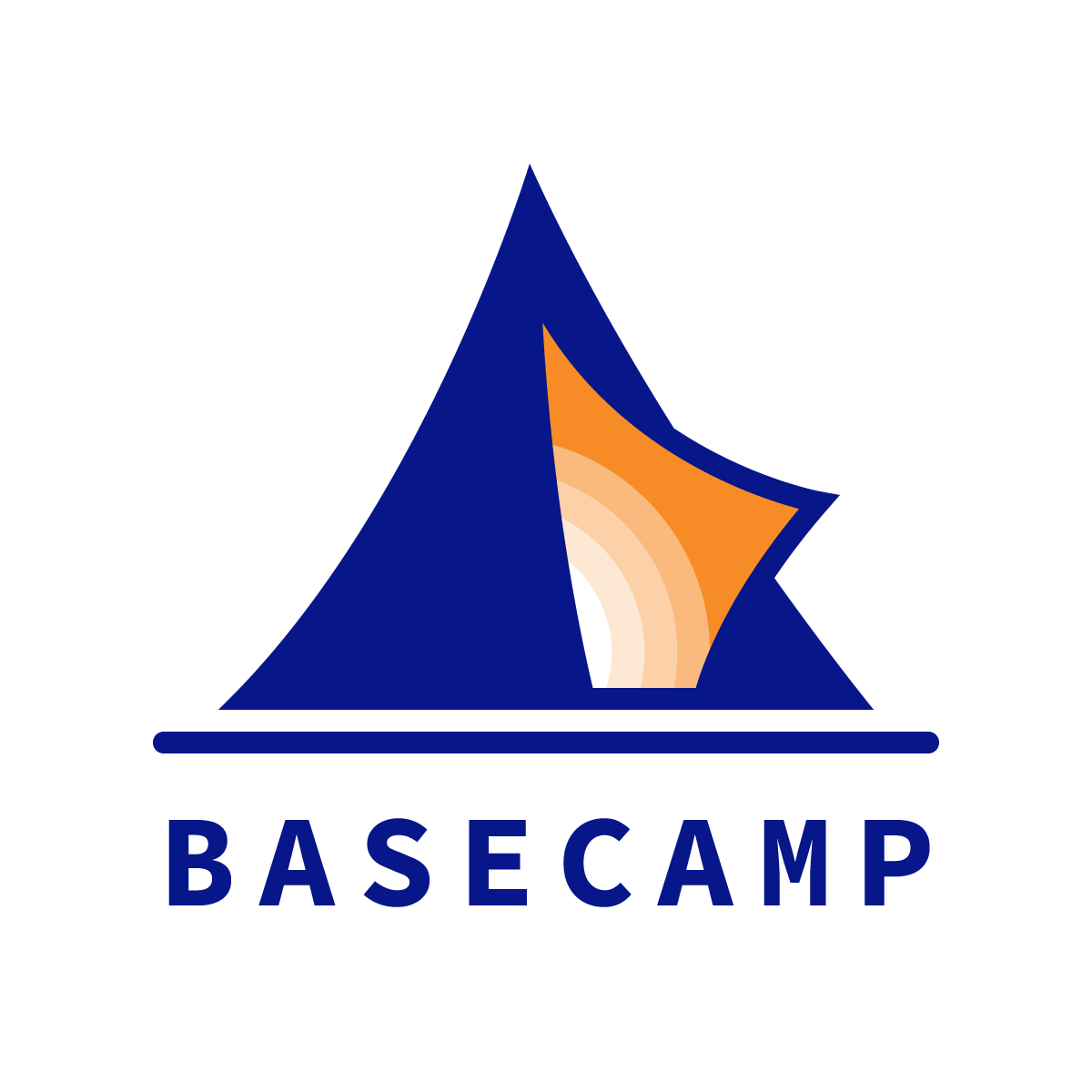Future of Learning Top Reads for week of Feb 17 2021
“The End of Spring Break?” by Jeff Selingo, in the NEXT newsletter
“Prior to the pandemic, some colleges and universities were already experimenting with new ways of crafting a calendar to appeal to the needs of today’s students accustomed to learning on their terms.
Rio Salado College Arizona has more than 48 start dates a year—basically any Monday—to give students flexibility in when they take courses.
Arizona State splits its semester into three sessions: A and B, which last seven and a half weeks each, and a C session, which is the full 15 weeks. The calendar allows students to mix-and-match in-person courses with online courses (which last seven and half weeks) and opens up time either at the beginning or during the latter part of each semester to intern, work on a project, or focus attention on the 15-week courses.
Georgia Tech offers five-week-long ‘mini-mester’ courses so students can explore interests outside of their major and gain a greater breadth of knowledge across academic disciplines.
The big picture: By designing a more flexible academic calendar, colleges can offer a variety of routes to pursue a credential rather than the one-size-fits-all full-time option that typically begins in September and ends in May.”
Why does this matter to the future of learning?
Refactoring time can lead to smart innovations.
Refactoring time and place can lead to breakthrough innovations.
Refactoring time and place and assessment (like CBE) will lead to transformational innovations.
***
“The Problem with Inclusion: Time to Shift to Belonging,” by Dwight Vidale, on the NAIS Independent Ideas blog
“There has been a steady and significant increase in the number of white participants at PoCC, who attend as allies (author’s sidenote: I believe that white people should be aiming to be accomplices because there is both risk and collaboration baked into equity work; whereas, being an ally can often be performative and inconsistent). This focus on inclusiveness deeply challenged my sense of belonging at the conference. There were times when I felt invisible, when I did not feel welcomed in a space intended for me, when my voice––along with other voices from folks of color––was not heard. We asked our white colleagues to be mindful of the space, both physically and emotionally, that they take up during PoCC, specifically naming how whiteness can be centered during meetings and sessions that may have had a different purpose. Yet, those requests were seemingly ignored and, thus, my experience was greatly impacted. Like my high school self, I found myself attempting to fit in, actively working to make my presence palatable because it felt that I did not belong. In a space designed to be inclusive, like my freshman year retreat, that sense of belonging was missing and made all the difference to me. Unfortunately, most conflate the two—inclusion and belonging—and they yield two very different results.”
Why does this matter to the future of learning?
Consider Vidale’s definition of belonging: “to be seen, heard, valued, and loved.”
Belonging is the natural outcome of pluralism, which is why Expedition cohorts, facilitator teams, and CEO panels are diverse-by-design.
***
“2021 Edtech Outlook: Where we’ve been and where we’re going,” by Mercedes Bent, on Medium
“Social & community-driven learning experiences — Imagine Masterclass with a robust small-group learning community built on top of it, or a live, cohorted messaging service build on top of Duolingo, or a service where you could meet fellow Udemy learners learning the same topic and chart accountability learning paths together. […]
“Verticalized Education Live Learning / Hybrid Software — We saw several startups raise large seeds this summer building live video software specialized for education such as Engageli and ClassEDU. ClassEDU’s model of building on top of Zoom is particularly interesting. I wonder if similar players will emerge built on top of other top educational software platforms such as Google Classroom / Hangouts and Microsoft Teams. The last few decades of big collaboration tech in edtech (Apple, Google) makes this possible. […]
“Microschools — One of the most fundamental edtech changes has been to rethink the very structure of our schools. While I assumed homeschooling would rise during the pandemic I didn’t anticipate the coining of new terms such as “pandemic pods” or “learning bubbles” — These groups fit somewhere between homeschooling and charter / private schools with their small-group focus. We’ve seen charters schools popularized over the last few decades. Now a new generation of startups are at. the forefront of this movement including Prenda, Primer, Prisma, ilk, Colearn Club and more.”
Why does this matter to the future of learning?
Sometimes edtech trends can function as x-rays, revealing the first principles that underpin great learning experiences. If so, what do these trends tell us?
+ social learning > teacher-led instruction.
+ learning can—and should—happen anywhere, any time, not just “at school.”
+ parents and kids want to belong to a learning community in which they are authentically known and in which they can authentically know others.
***
Thank you for reading this post from Basecamp's blog, Ed:Future. Do you know someone who would find the Ed:Future blog worthwhile reading? Please let them know that they can subscribe here.

